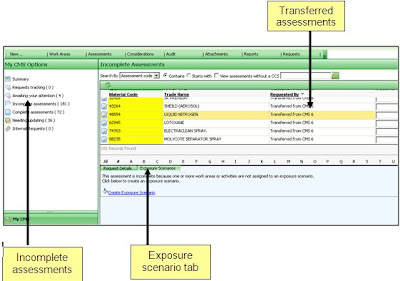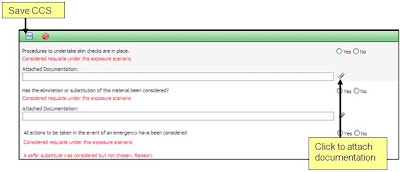
CLP: The next step
As you may or may not be aware, the next phase of the Global Harmonisation Scheme (GHS) and the classification of hazardous substances has already started. From 1st December, suppliers must classify substances according to both CHIP and CLP, they must be labelled products and packaged including the product’s Material Safety Data Sheet (MSDS) according to CLP. But for mixtures it is slightly different. Suppliers must continue to classify mixtures according to CHIP, and may continue to label and package them according to regulations 6 to 11 of CHIP.
However, they may as an alternative choose to classify, label and package mixtures according to CLP. In this case, they must continue to classify under regulation 4 of CHIP, but the requirements on labelling and packaging in regulations 6 to 11 of CHIP no longer apply. For mixtures the time frames are different, they must continue to carry CHIP labelling until 1st June 2015
So what is the definition of a substance and a mixture according to CLP?
A substance is any material with a definite chemical composition. It’s usually anything which is either a chemical element or compound. The main difference between a mixture and a compound, is that a compound has to have a certain ratio of elements to create a substance where as a mixture does not. For example, Ammonia has to have a certain combination of elements to create it, where as a solvent-based paint does not.
So what will happen if I have a substances and mixtures still in stock with no CLP pictograms?
According to Article 61(4) CLP, if the substance or mixture is classified, labelled and packaged in line with Directive 67/548/EEC (Dangerous Substances Directive, DSD) or in the case of mixtures Directive 1999/45/EC (Dangerous Preparations Directive, DPD) and has already been placed on the market before 1 December 2010 or 1 June 2015 respectively, the substance or mixture which is still in stock does not have to be relabelled and repackaged in accordance with the CLP rules by the supplier until 1 December 2012 or 1 June 2017 respectively.
So in terms of stock that you may already have, there is a 2 year phase out of the old labelling of products before it has to be relabelled. But any substance which is being produced from 1st December, would need to have CLP classification on the label. They may also show CHIP classification.
So in terms of stock that you may already have, there is a 2 year phase out of the old labelling of products before it has to be relabelled. But any substance which is being produced from 1st December, would need to have CLP classification on the label. They may also show CHIP classification.
Will CHIP be totally phased out?
Yes, it will. The aim is to have CHIP labelling phased out by 1st June 2015 (the same date in which CLP pictograms will have to appear on mixtures!!).
So as you can see there are a few transition periods with the migration but you have to remember this is all coming in to force to avoid confusion with other methods of classification and improve chemical safety and occupational safety globally by constructing a suitable and sufficient COSHH risk assessment to protect the most important resource. The employees!
If you need any more advice you can contact us on 01296 380700 or email helpdesk@sypol.com and speak any member of the team who will be happy to help
Rob Wilkes




